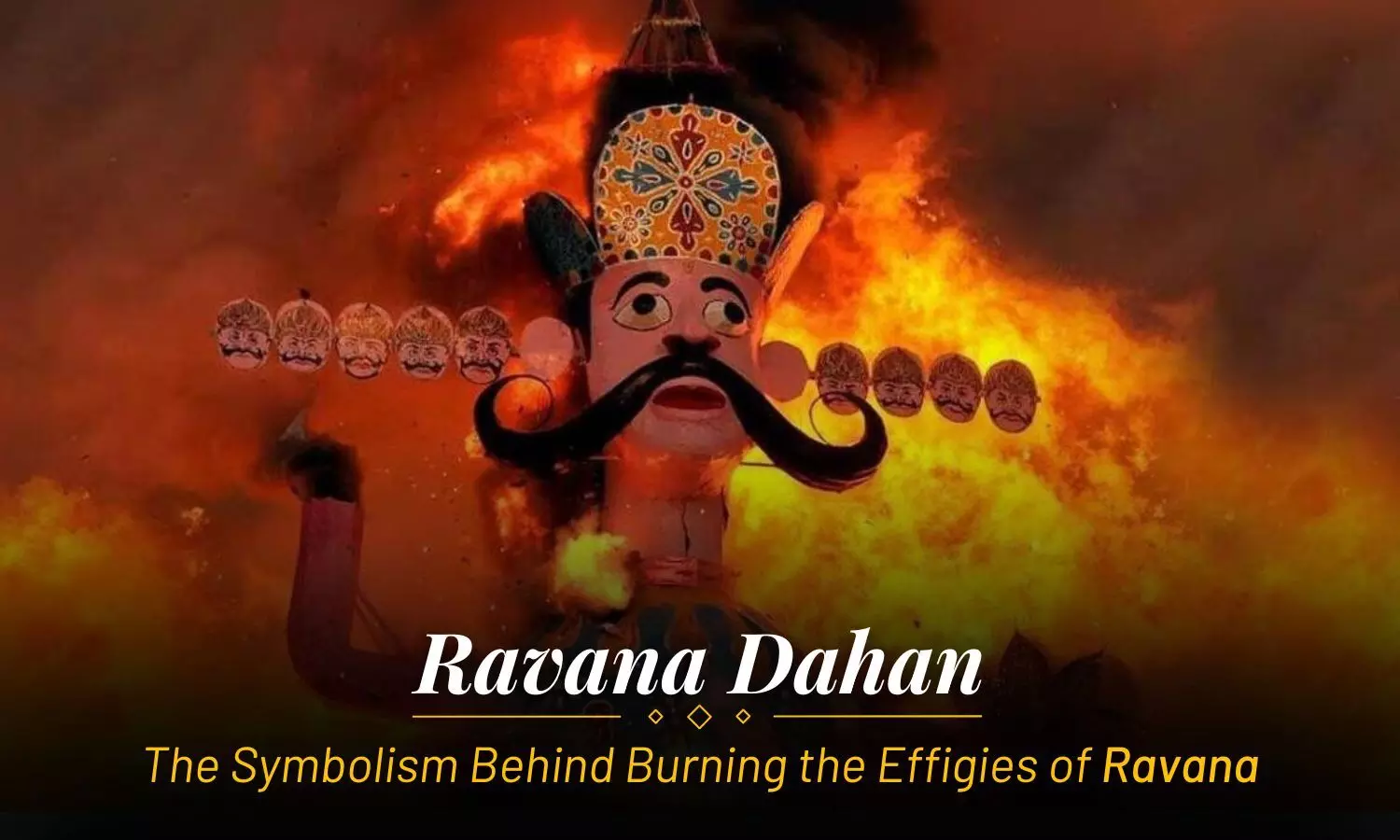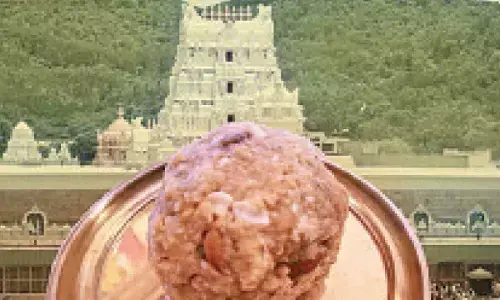Ravana Dahan 2024- Symbolism Behind Burning Ravana's Effigies

Ravana Dahan 2024- Symbolism Behind Burning Ravana's Effigies
Learn the deeper meaning of Ravana Dahan during Dussehra 2024. Know why burning effigies of Ravana remains a powerful tradition.
Dussehra, one of the most significant Hindu festivals, is celebrated with immense enthusiasm across India. The festival marks the victory of good over evil, symbolised by Lord Rama's triumph over the demon king Ravana. One of the most iconic traditions of Dussehra is Ravana Dahan, the ceremonial burning of Ravana’s effigy. But why is this practice so important, and what is the deeper meaning behind it? In 2024, as communities once again gather for this age-old ritual, understanding the symbolism of Dussehra and its relevance in today’s world makes the festival even more meaningful.
The Legend of Ravana and Dussehra
The story of Dussehra stems from the Indian epic, the Ramayana. According to this ancient tale, Ravana, the king of Lanka, was an exceptionally powerful demon with ten heads, symbolising his vast knowledge and intellect. However, his arrogance and disregard for righteousness led him to abduct Lord Rama's wife, Sita, sparking a war between good and evil.
After a long and gruelling battle, Lord Rama, with the help of Hanuman and his army, defeated Ravana. Dussehra, also known as Vijayadashami, celebrates this victory. But Ravana wasn’t just an evil character. He was a complex figure with many virtues, making his defeat a powerful symbol of the triumph of dharma (righteousness) over adharma (wickedness).
Ravana Dahan- The Ritual of Burning the Effigies
Ravana Dahan, or the burning of Ravana’s effigies, takes place on the day of Dussehra. Large, intricately crafted effigies of Ravana, often accompanied by those of his brother Kumbhakarna and son Meghnada, are set on fire. This act of effigy burning has a profound meaning rooted in Indian culture and tradition.
While the literal destruction of Ravana represents the physical end of evil, the metaphorical aspect is what resonates deeply. Each burning effigy symbolises the destruction of negative qualities that reside within us — anger, arrogance, greed, and lust, among others. Just like Ravana, who despite his wisdom, fell prey to his vices, this ritual reminds us of the constant need to fight the evil within ourselves.
The Symbolism of Dussehra in Today’s World
As we celebrate Dussehra in 2024, it’s important to reflect on the symbolism of Dussehra and how it applies to modern life. Beyond the pageantry and festivities, the story of Ravana's defeat serves as an annual reminder of the eternal struggle between right and wrong.
1.Triumph of Good Over Evil
The primary message of Dussehra is the victory of good over evil. In today’s fast-paced world, where temptations, ethical challenges, and moral dilemmas are commonplace, this message remains relevant. Dussehra encourages us to choose righteousness even when the path is difficult, reminding us that ultimately, good always prevails.
2.Self-Reflection and Inner Cleansing
Ravana's ten heads are often interpreted as symbols of various human vices, such as pride, anger, and attachment. Burning his effigy signifies the need to conquer these negative traits within ourselves. Dussehra is not just a celebration but an opportunity for introspection. It is a chance to examine our lives and work towards self-improvement. It's a time to burn the 'Ravana' within us and embrace positive values like humility, compassion, and honesty.
3.Strength in Unity
The story of Lord Rama’s victory also highlights the importance of teamwork and collaboration. Rama’s success was not his alone. It was achieved with the help of his allies like Hanuman, Sugriva, and the Vanara army. Dussehra teaches us that unity, cooperation, and collective effort are essential to overcoming challenges in both personal and societal contexts.
4.Cultural and Social Bonding
Dussehra is a time for communities to come together. The public spectacle of Ravana Dahan is often accompanied by fairs, plays, and social gatherings. It is an opportunity for people to reconnect with their cultural roots, engage with their neighbours, and reinforce social bonds. The festival serves as a reminder of the importance of community and shared values.
Dussehra Beyond Ravana- The Broader Significance
Although Ravana’s defeat is central to Dussehra, the festival also has broader spiritual and cultural significance. In some parts of India, Dussehra is linked to the worship of the goddess Durga, who represents the divine feminine power. For others, it’s a day to honour their ancestors or start new ventures, as the festival is considered highly auspicious.
No matter how it’s celebrated, Dussehra carries a universal message - the triumph of good over evil, the need for personal growth, and the strength that comes from unity. The burning of Ravana’s effigy is a powerful visual representation of these ideals, but the real challenge lies in applying them to our daily lives.
As Dussehra 2024 approaches, the symbolism of Ravana Dahan serves as a reminder that while evil may take many forms, it can always be conquered through righteousness, self-awareness, and collective effort. The act of burning Ravana’s effigy is not just about celebrating an ancient victory. It’s about committing to a personal and societal fight against negative forces, both external and internal.

















